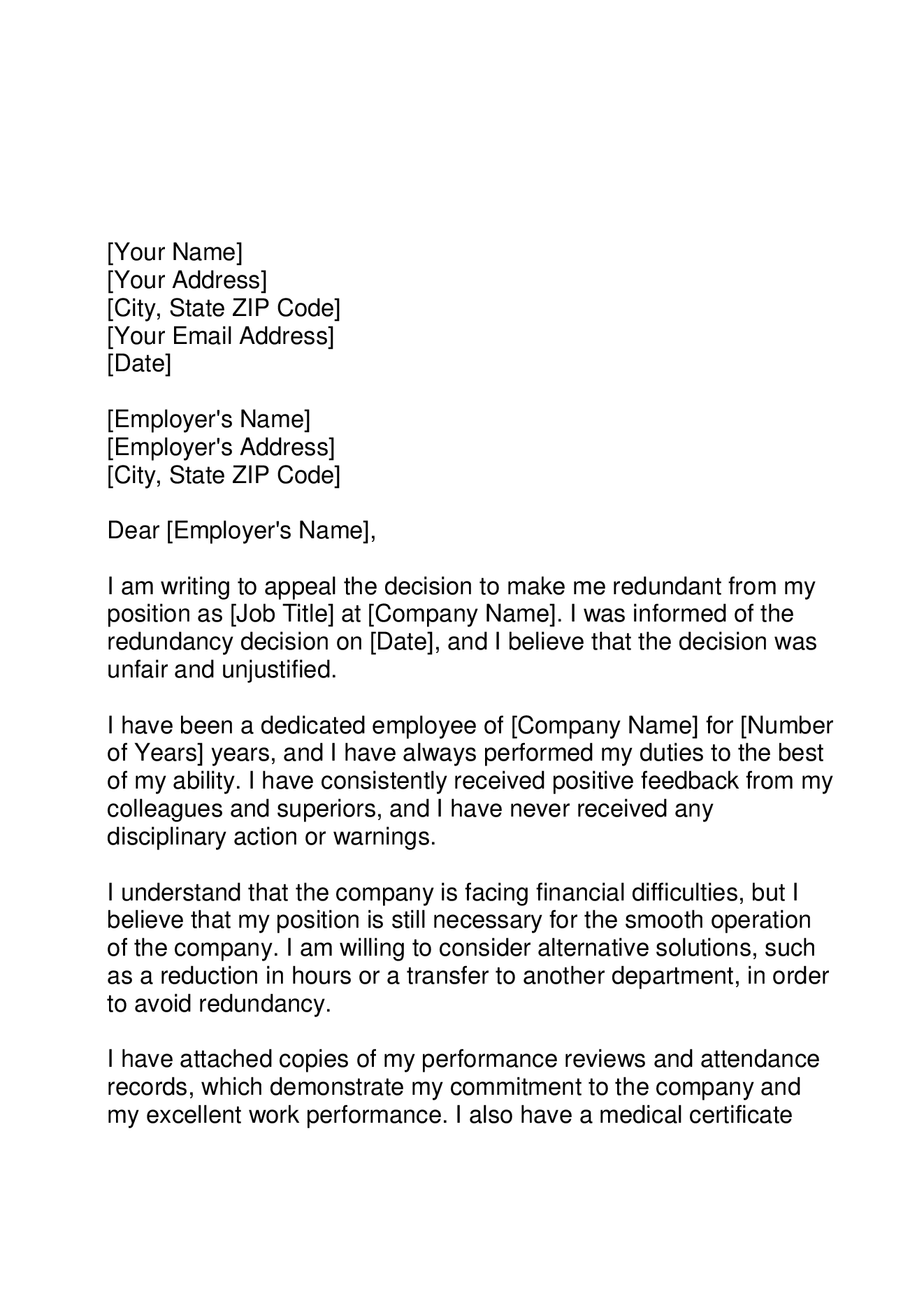Discovering the Operational Dynamics of Company Redundancy and Its Long-Term Sustainability

Redundancy Techniques for Organization Continuity
In order to make sure nonstop operations, businesses must apply reliable redundancy methods for company continuity. Redundancy in this context refers to the replication of crucial components or functions within a system to reduce the effect of potential failures. By incorporating redundancy techniques, companies can improve their resilience against interruptions triggered by different aspects such as natural calamities, equipment failures, or cyber-attacks.
One typical redundancy strategy is the implementation of backup systems and information storage solutions. This entails creating duplicates of vital data and systems that can be triggered in situation of a key system failure. In addition, organizations can establish redundant interaction channels and power resources to preserve connection and operations during unanticipated events.
Furthermore, cross-training employees to perform several duties within the business can serve as a beneficial redundancy strategy. If key personnel are inaccessible due to health problem or various other reasons, this makes certain that essential tasks can still be brought out also. Generally, reliable redundancy methods are vital for organizations to maintain functional continuity and lessen the effect of possible disruptions.
Influence of Redundancy on Organizational Durability
Offered the crucial function redundancy strategies play in making certain service connection, exploring the impact of redundancy on organizational strength comes to be vital for understanding the alternative functional characteristics of a business. Business durability refers to an entity's ability to adapt to disturbances, recoup from troubles, and change when essential while keeping core functions. Redundancy, when purposefully executed, can significantly contribute to boosting an organization's resilience when faced with unanticipated obstacles. By having back-up systems, personnel, or procedures in area, business can much better endure shocks and continue operations with very little interruption.
Additionally, redundancy can foster innovation and creativity within a company as employees really feel encouraged to take computed threats, understanding that there is a safety and security net to sustain them in instance of failure. Overall, the impact of redundancy on organizational resilience is extensive, shaping the long-term sustainability and success of a company.
Stabilizing Performance and Flexibility in Redundancy
Achieving a harmonious balance between functional efficiency and flexible versatility is an essential challenge in the critical release of redundancy within organizations. As well much flexibility without a strong functional foundation can result in inadequacies and inconsistency.
To stabilize efficiency and adaptability in redundancy preparation, companies need to carefully evaluate their operational requirements, market dynamics, and critical goals. Executing lean techniques can improve performance by enhancing processes and getting rid of waste, while promoting a culture of versatility and constant improvement can increase adaptability. Furthermore, spending in cross-training programs and durable interaction channels can assist cultivate a functional labor force qualified of dealing with varied jobs during periods of transition. Eventually, locating the ideal stability between efficiency and adaptability is important for constructing a sustainable and resilient company in the face of uncertainty.
Long-Term Sustainability Through Redundancy Planning
To guarantee long-lasting practicality and stability, organizations have to tactically align their redundancy planning with lasting sustainability goals, therefore balancing operational efficiency with flexible flexibility. Firms must see redundancy not as a responsive remedy to prompt troubles but as a positive method for long-term success.

Aggressive Actions for Lasting Business Workflow
How can companies proactively improve their functional sustainability for lasting success? Implementing aggressive actions is vital for companies aiming to make certain lasting operations.
Furthermore, promoting a society of constant renovation and discovering within the organization can improve adaptability to transforming market conditions and consumer demands. Encouraging worker participation in decision-making processes and providing chances for expert development can boost morale, performance, and general efficiency. Developing clear objectives, keeping track of vital performance indicators, and routinely reviewing development are crucial parts of aggressive sustainability administration.
Collaborating with vendors, clients, and other stakeholders to promote sustainable practices throughout the supply chain can produce a causal sequence of favorable impact - redundancy pay if company goes bust. By taking positive actions towards get more operational sustainability, companies can build durability, drive advancement, and safeguard their lasting success in an ever-evolving business landscape
Final Thought

In the realm of organizational administration, the critical release of company redundancy stands as a critical yet elaborate practice that necessitates a delicate balance between functional performance and long-term practicality. By studying the operational dynamics that underpin company redundancy and assessing its wider implications for organizational resilience and versatility, a nuanced understanding of just how redundancy strategies can shape the future trajectory of a company starts to unfold.Given the essential role redundancy strategies play in making certain business connection, exploring the influence of important site redundancy on organizational resilience becomes crucial for comprehending the alternative operational dynamics of a business. Overall, the impact of redundancy on business resilience is profound, shaping the long-lasting sustainability and success of a company.
In final thought, comprehending the functional characteristics of company redundancy is crucial for guaranteeing long-term sustainability.